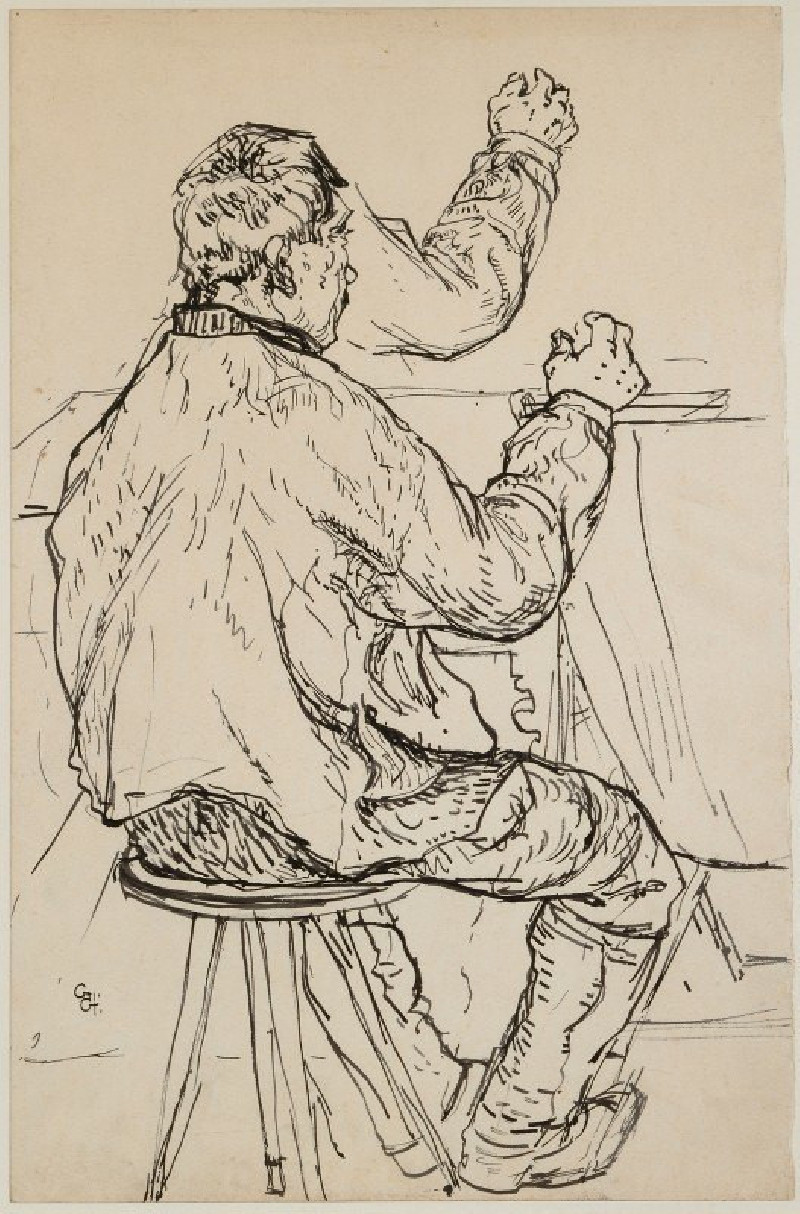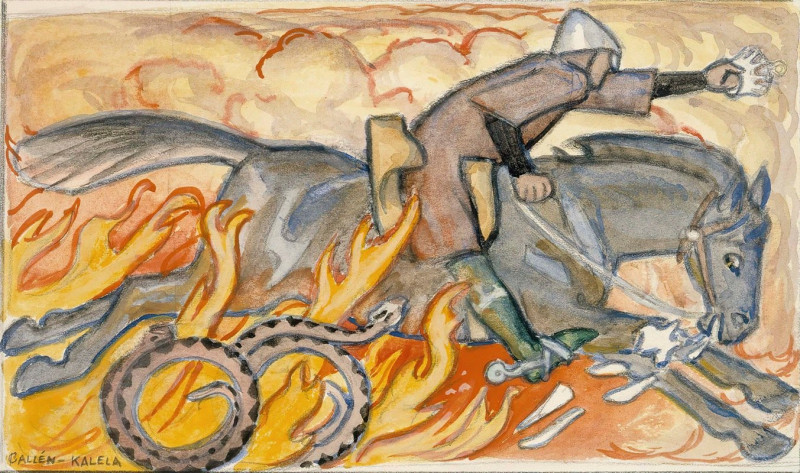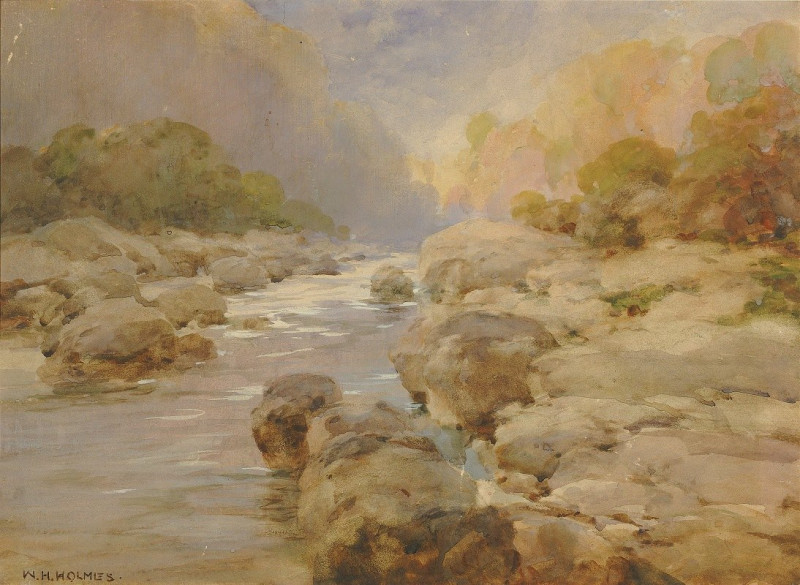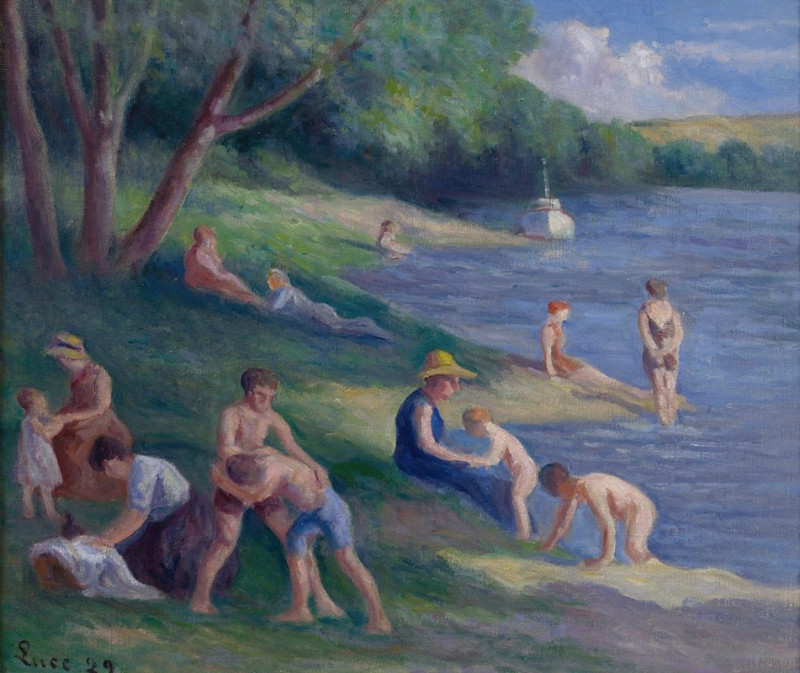Heavy red (1924)
Technique: Giclée quality print
Recommended by our customers
More about this artwork
Wassily Kandinsky's "Heavy Red" from 1924 is a vibrant and dynamic example of abstract art, reflective of his deep engagement with color and form to convey emotions and ideas. In this painting, Kandinsky uses a bold palette dominated by shades of red, juxtaposed with elements of yellow, blue, and green, creating a lively and complex visual landscape.The composition is filled with geometric shapes, including triangles, rectangles, and circles, as well as more fluid and abstract forms that seem to float freely across the canvas. These elements are interconnected through thin, dark lines and overlapping planes, suggesting depth and movement. This sense of dynamism is heightened by the contrasting colors and the varying sizes of the shapes, some of which appear almost celestial, like the orbs that dot the canvas.Kandinsky's work often aimed to evoke a spiritual or emotional resonance, utilizing abstract forms to transcend traditional visual references. In "Heavy Red," the intense red background might suggest a range of emotions, from passion to anger, while the overall composition invites the viewer to move beyond literal interpretation and engage with the painting on a more intuitive, emotional level.The interaction of colors and shapes serves not only as an expression of Kandinsky's internal states but also appears to be a visual symphony, echoing his belief in the synesthetic connections between color and sound.
Delivery
Returns
Wassily Wassilyevich Kandinsky was a Russian painter and art theorist. Kandinsky is generally credited as the pioneer of abstract art. Born in Moscow, Kandinsky spent his childhood in Odessa, where he graduated at Grekov Odessa Art school. He enrolled at the University of Moscow, studying law and economics. Successful in his profession—he was offered a professorship (chair of Roman Law) at the University of Dorpat today Tartu, Estonia)—Kandinsky began painting studies (life-drawing, sketching and anatomy) at the age of 30.

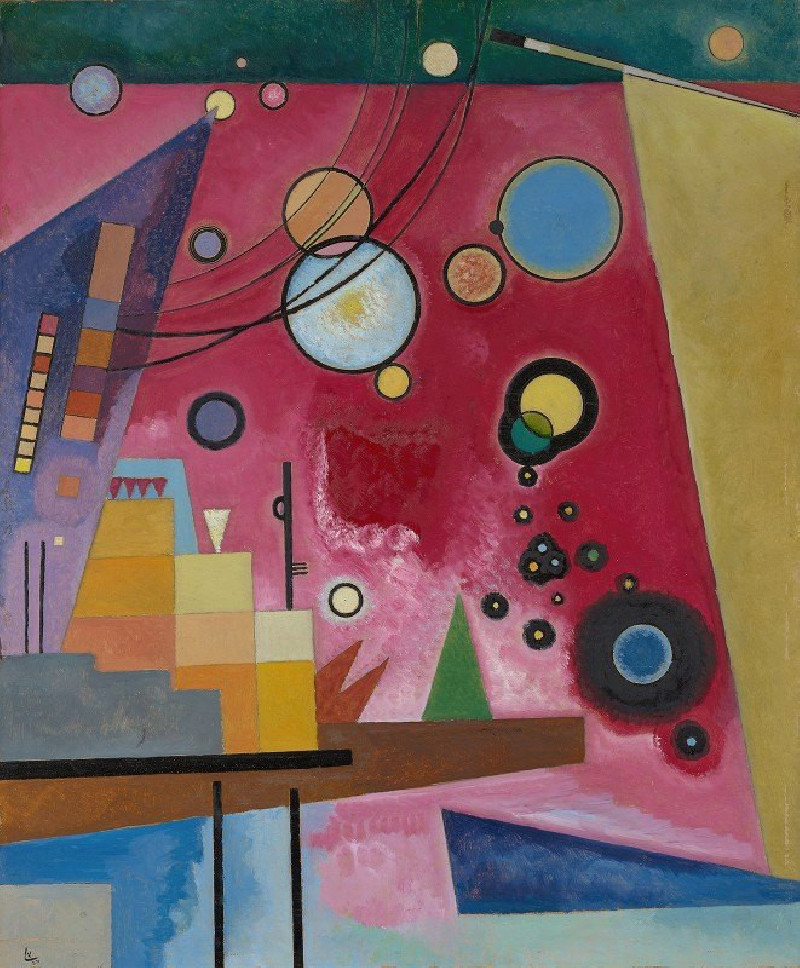

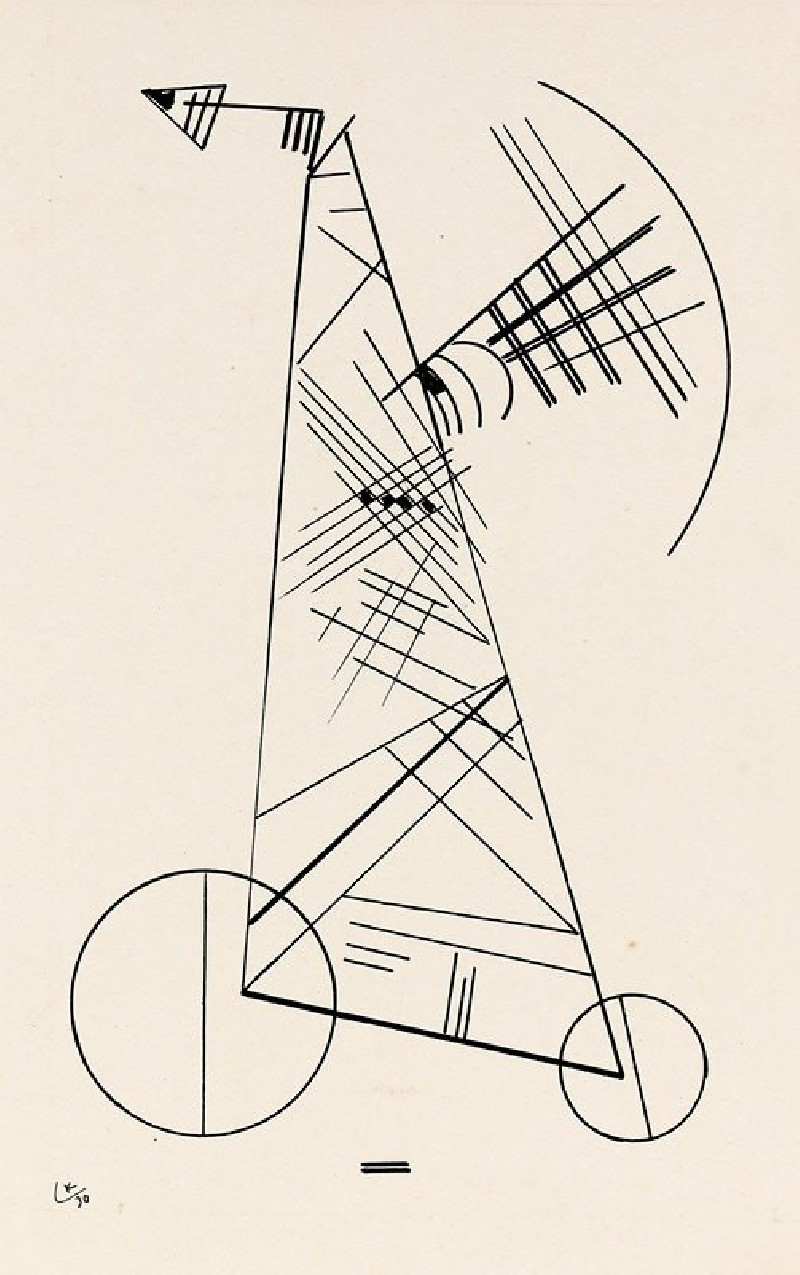
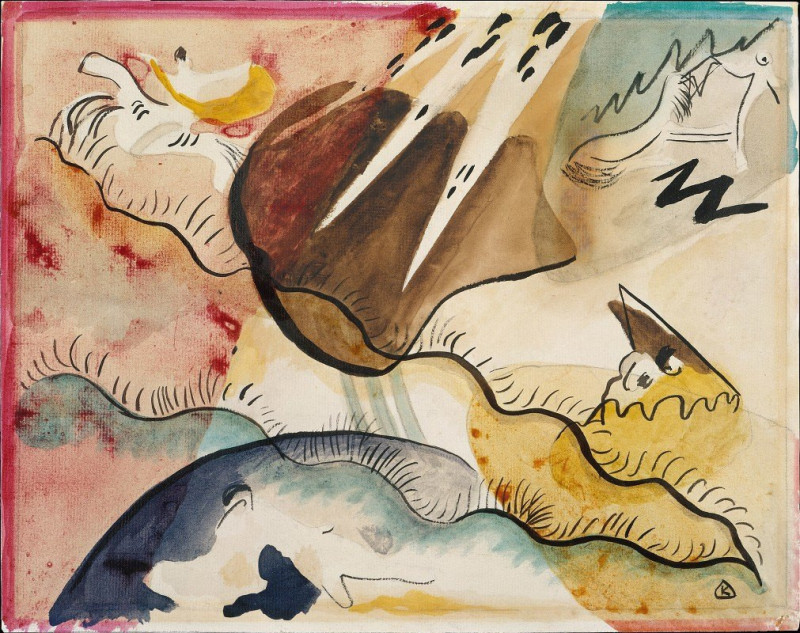

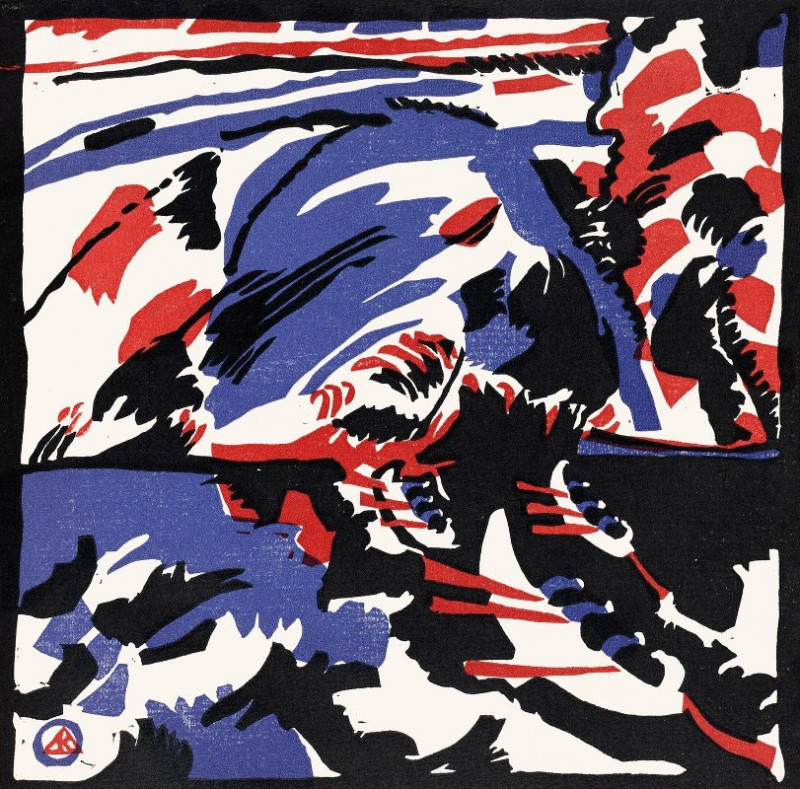

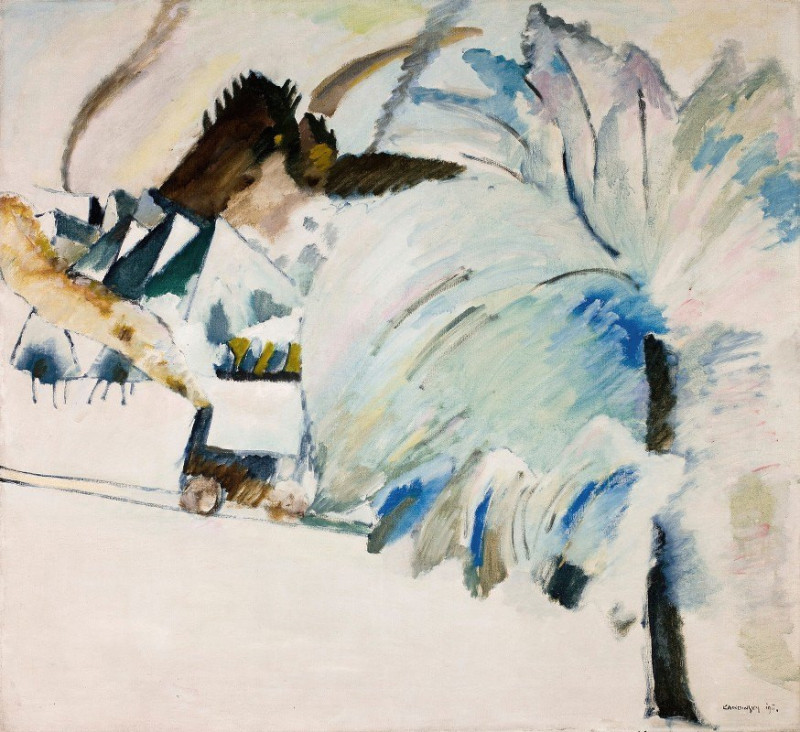
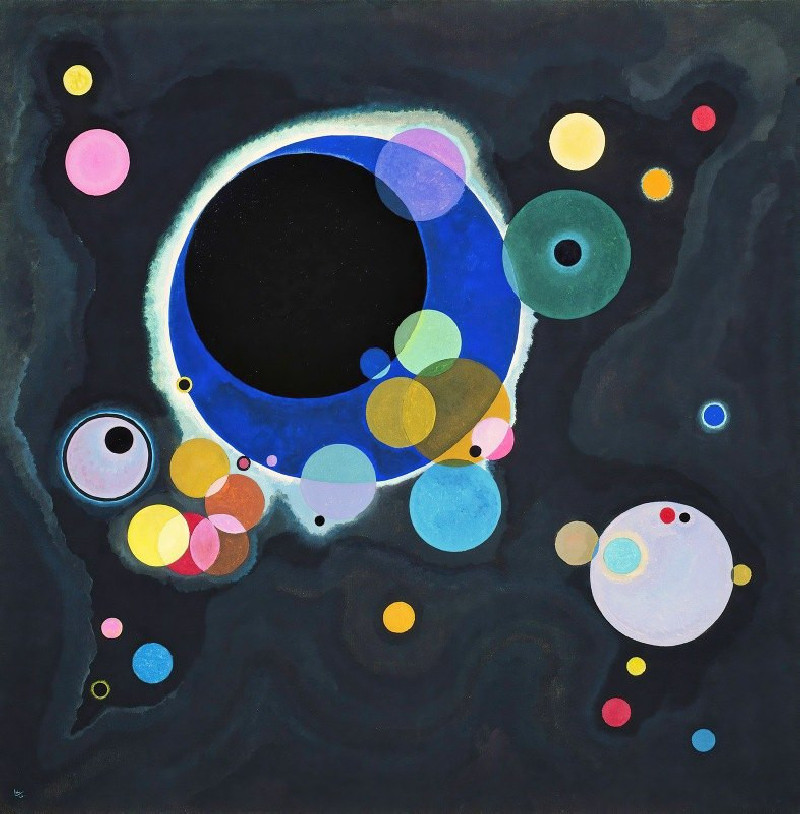
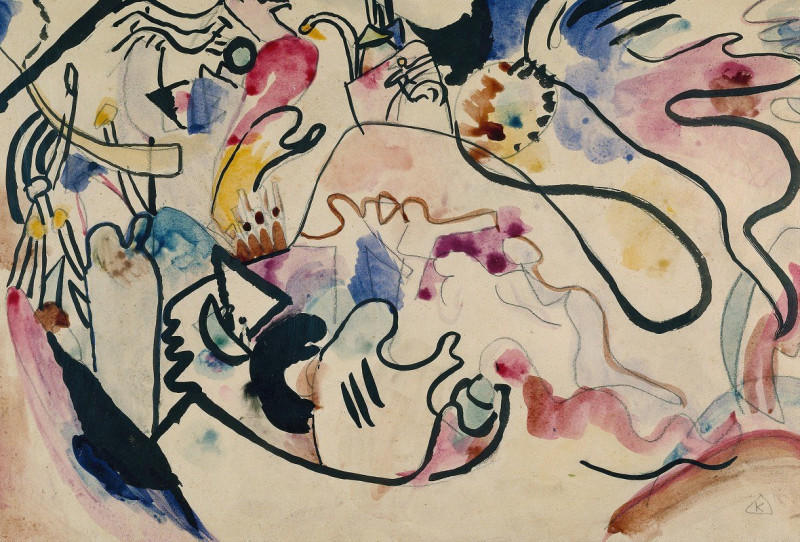

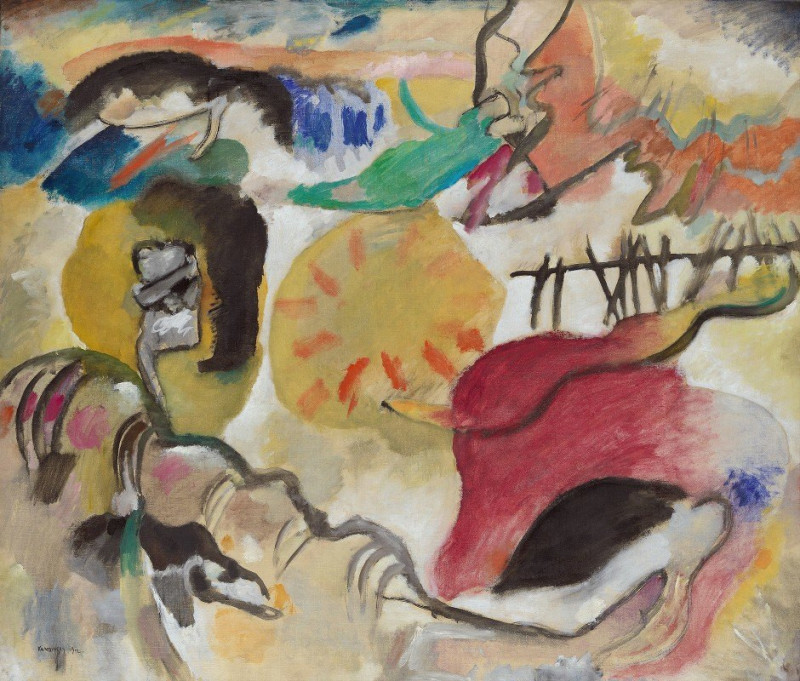
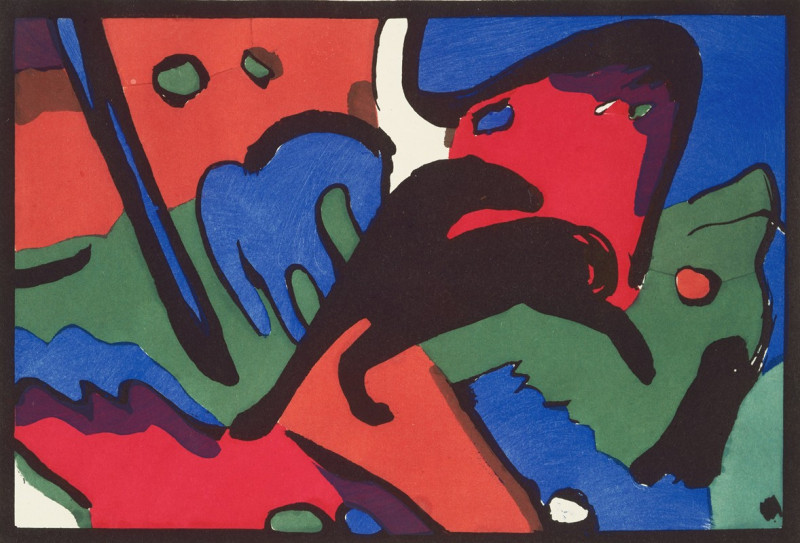
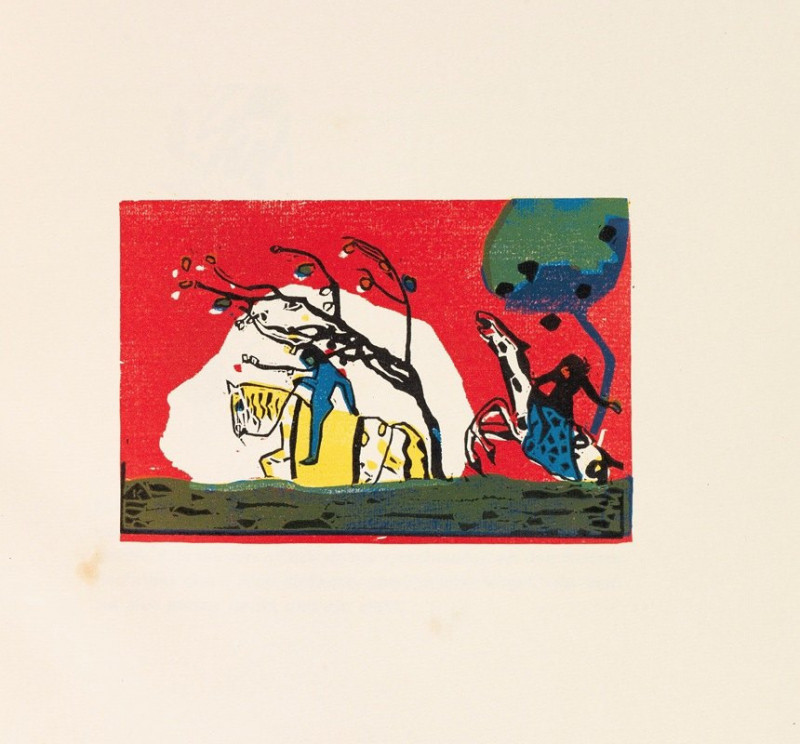

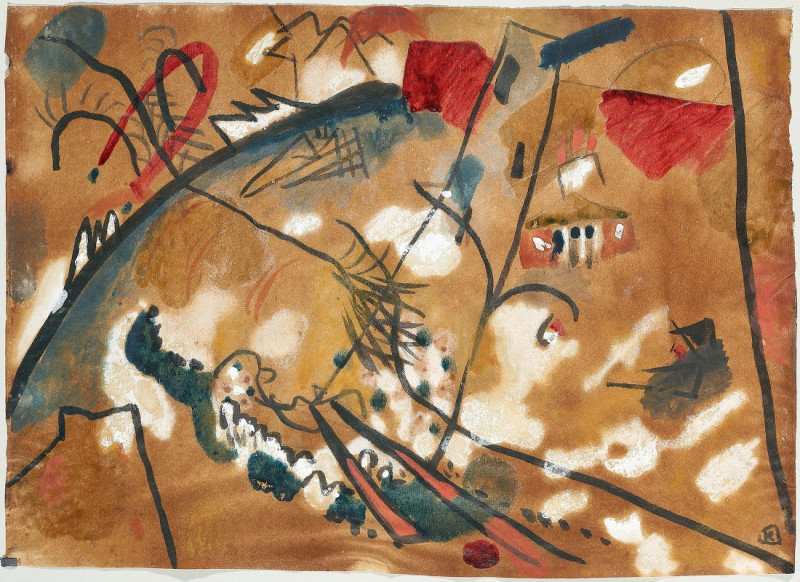

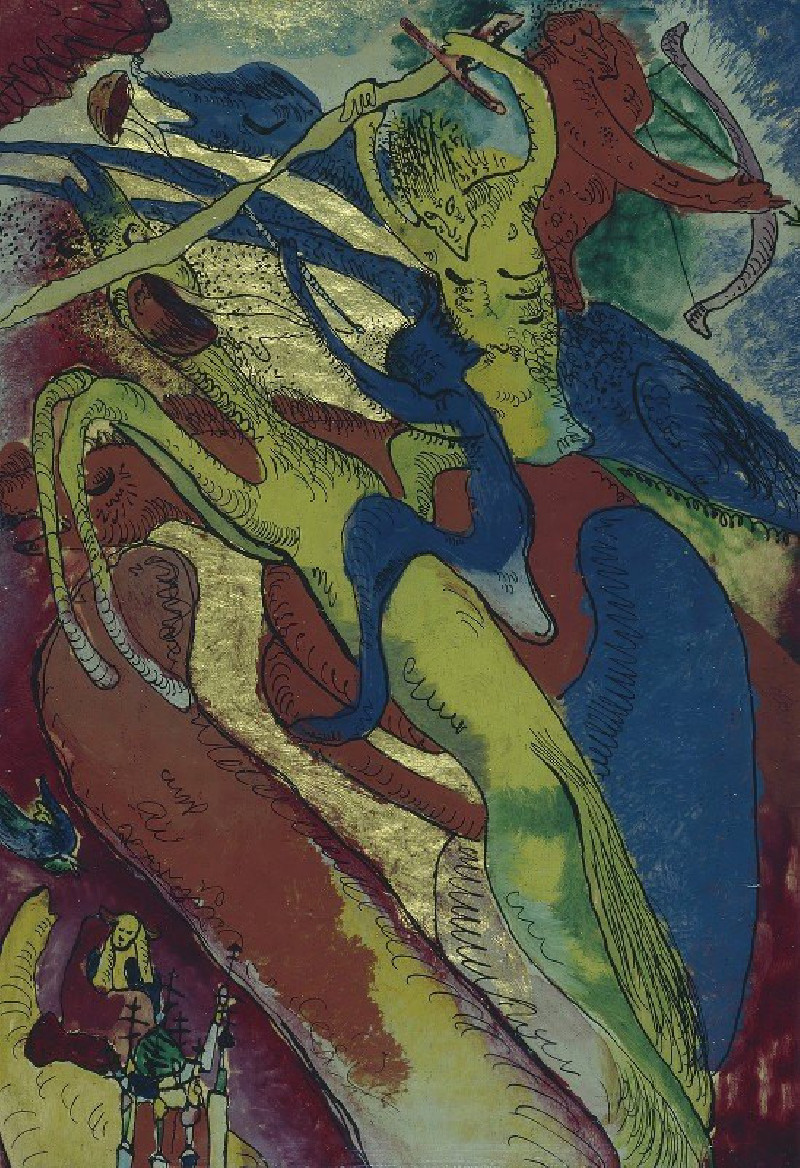

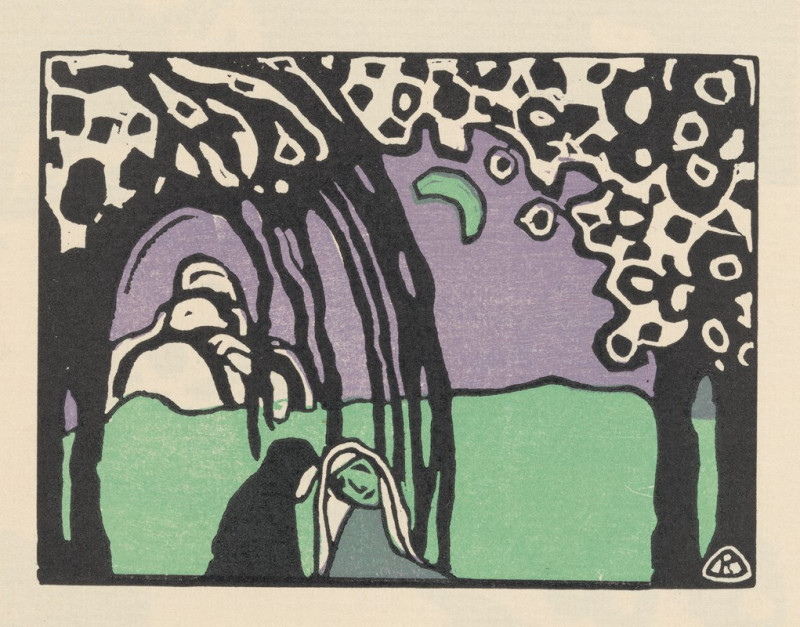
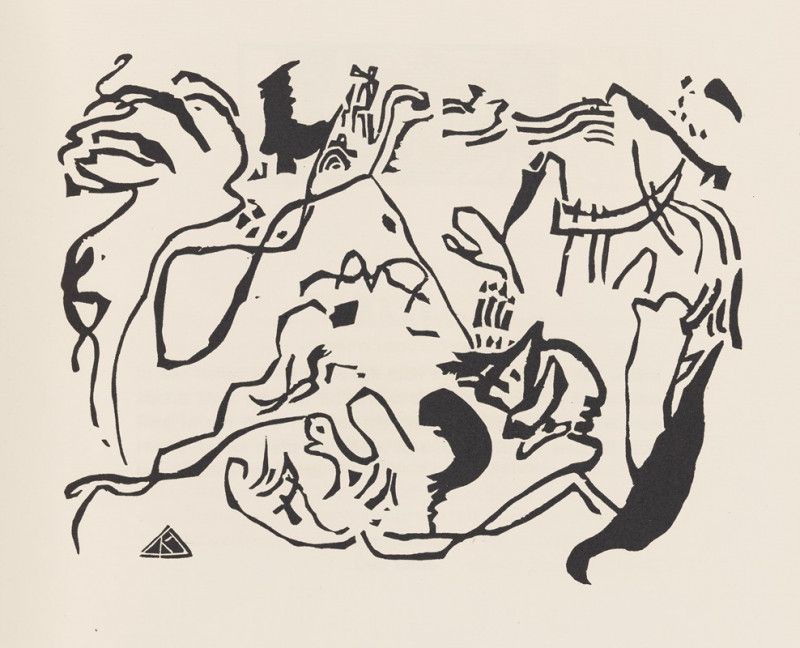



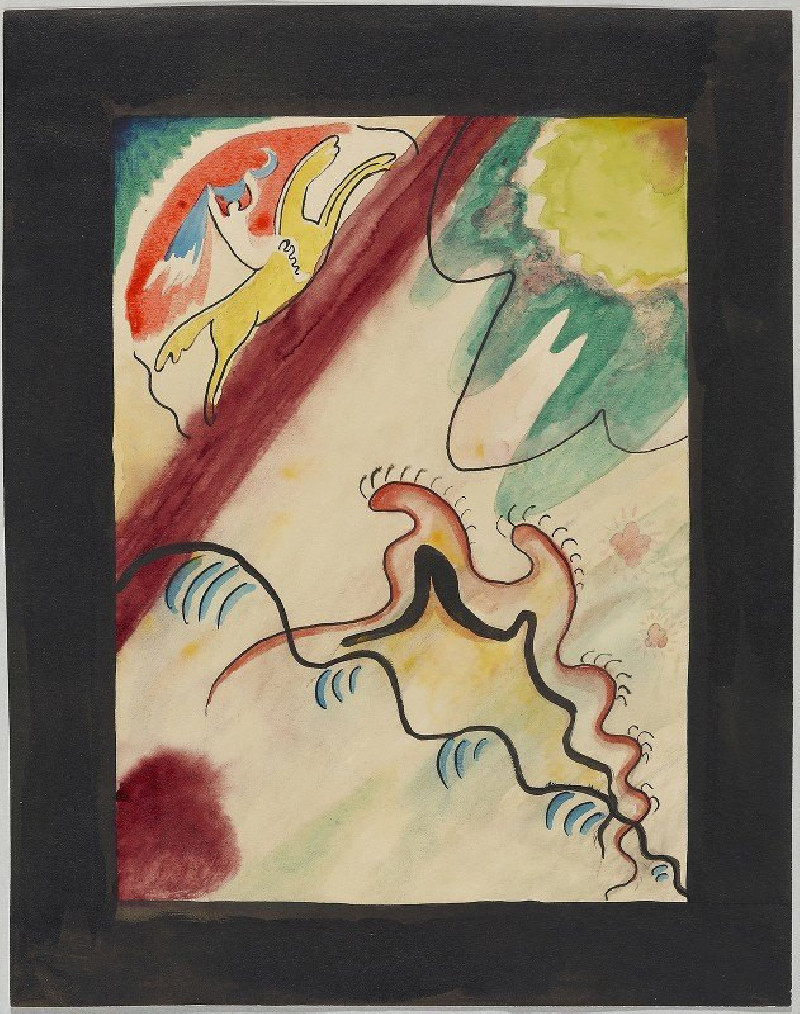

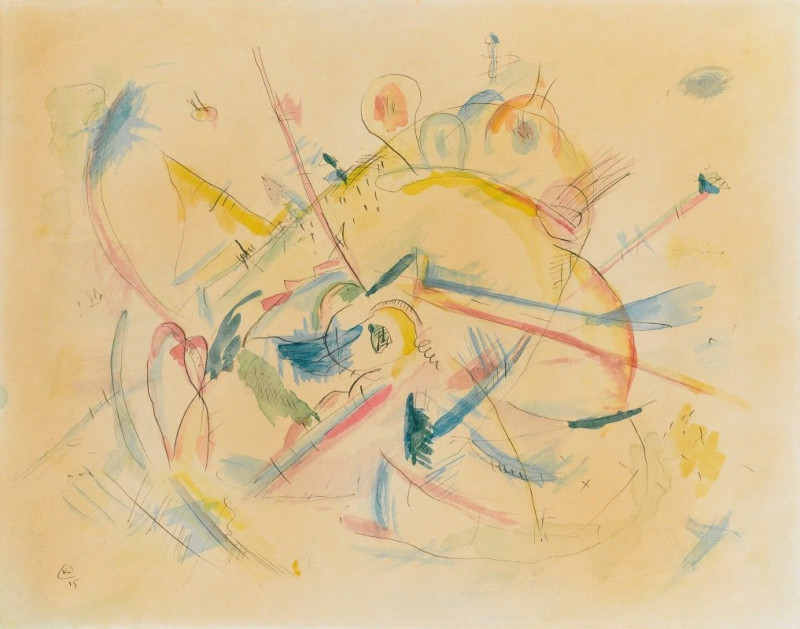
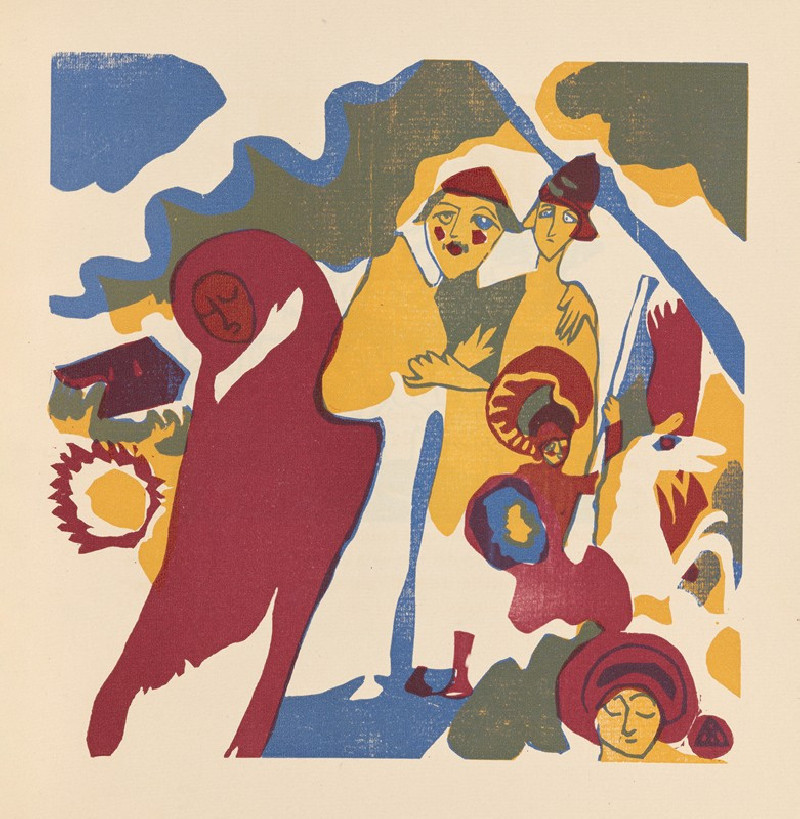


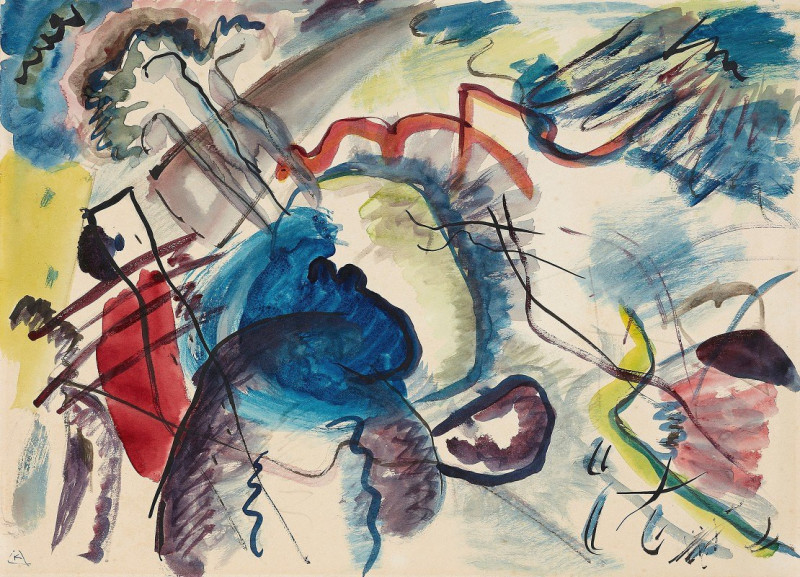
![Street scene in Cairo. [Title vignette, vol. 3] (1846-1849) reproduction of painting by David Roberts. ALL GICLEE PRINTS](https://reprodukcijos.lt/39243-large_default/reproduction-of-street-scene-in-cairo-title-vignette-vol-3-1846-1849.jpg)
